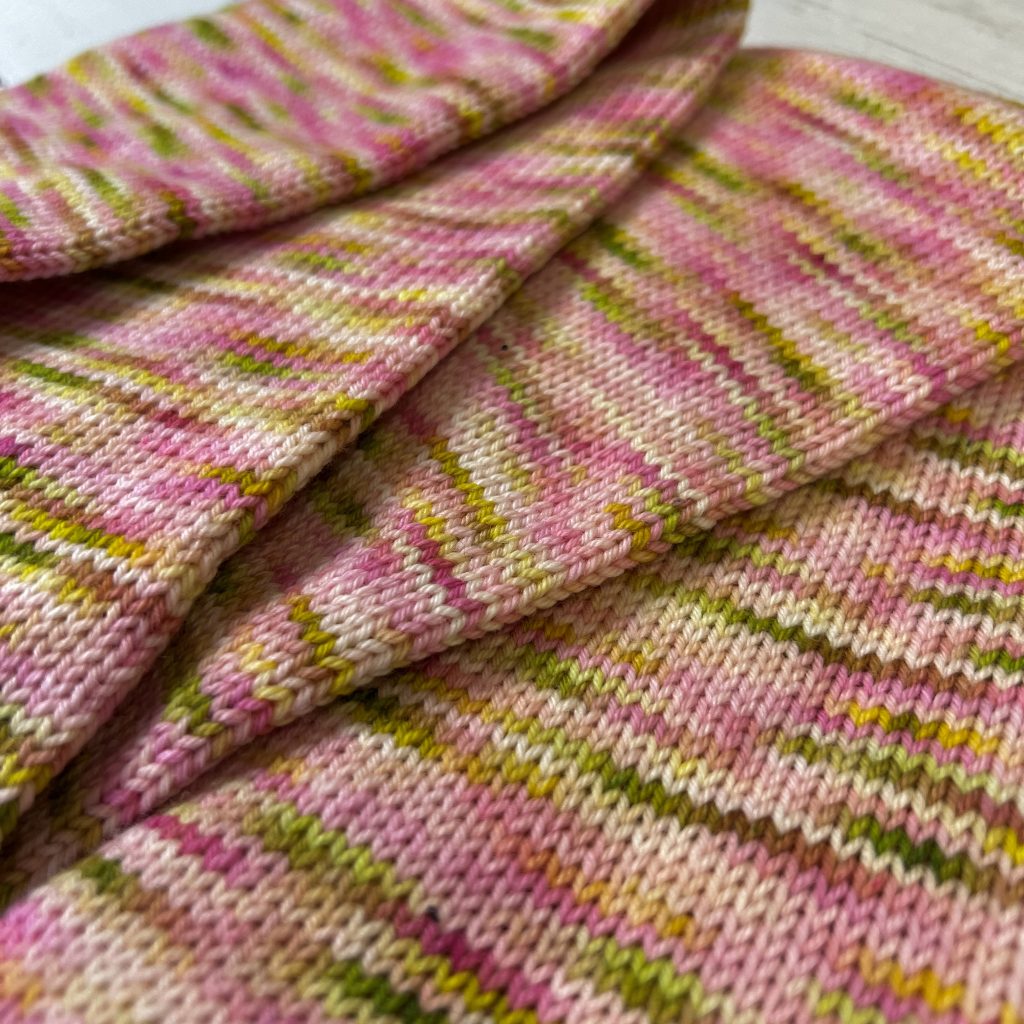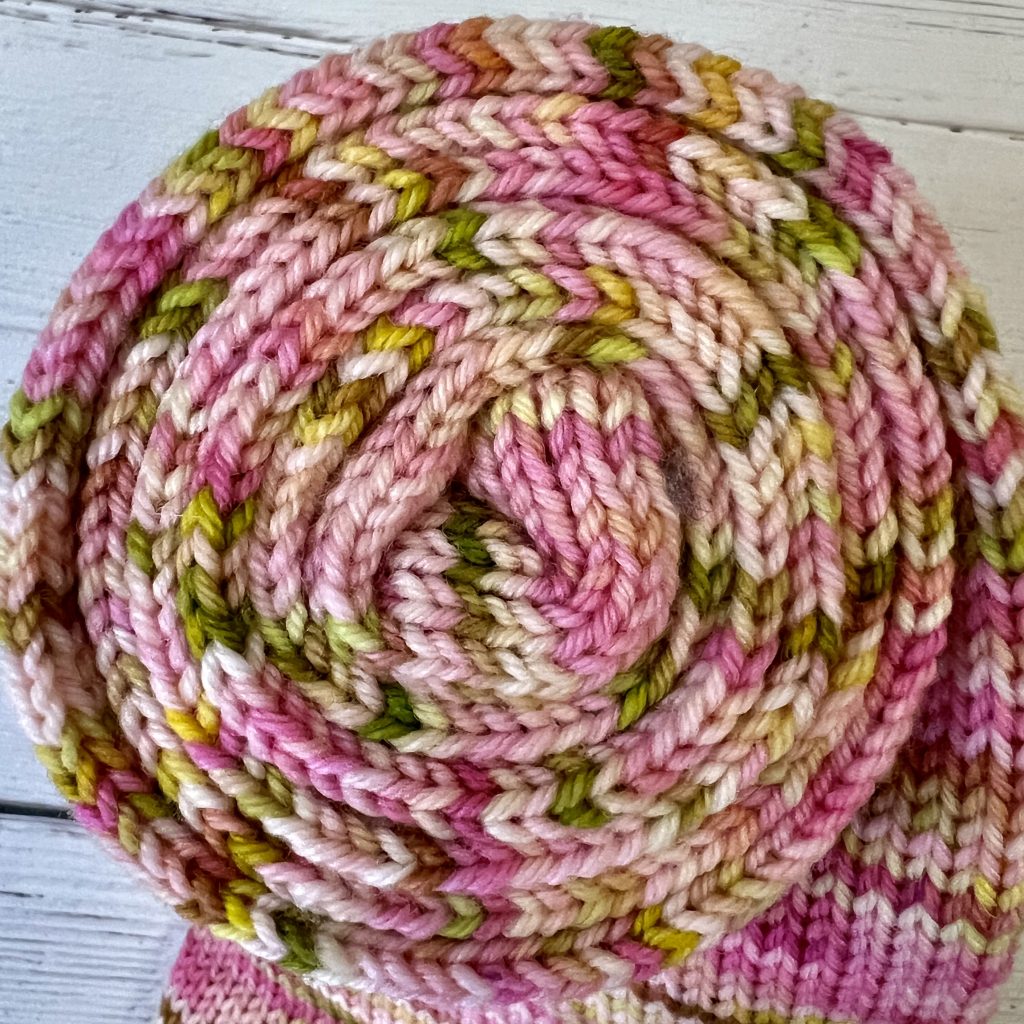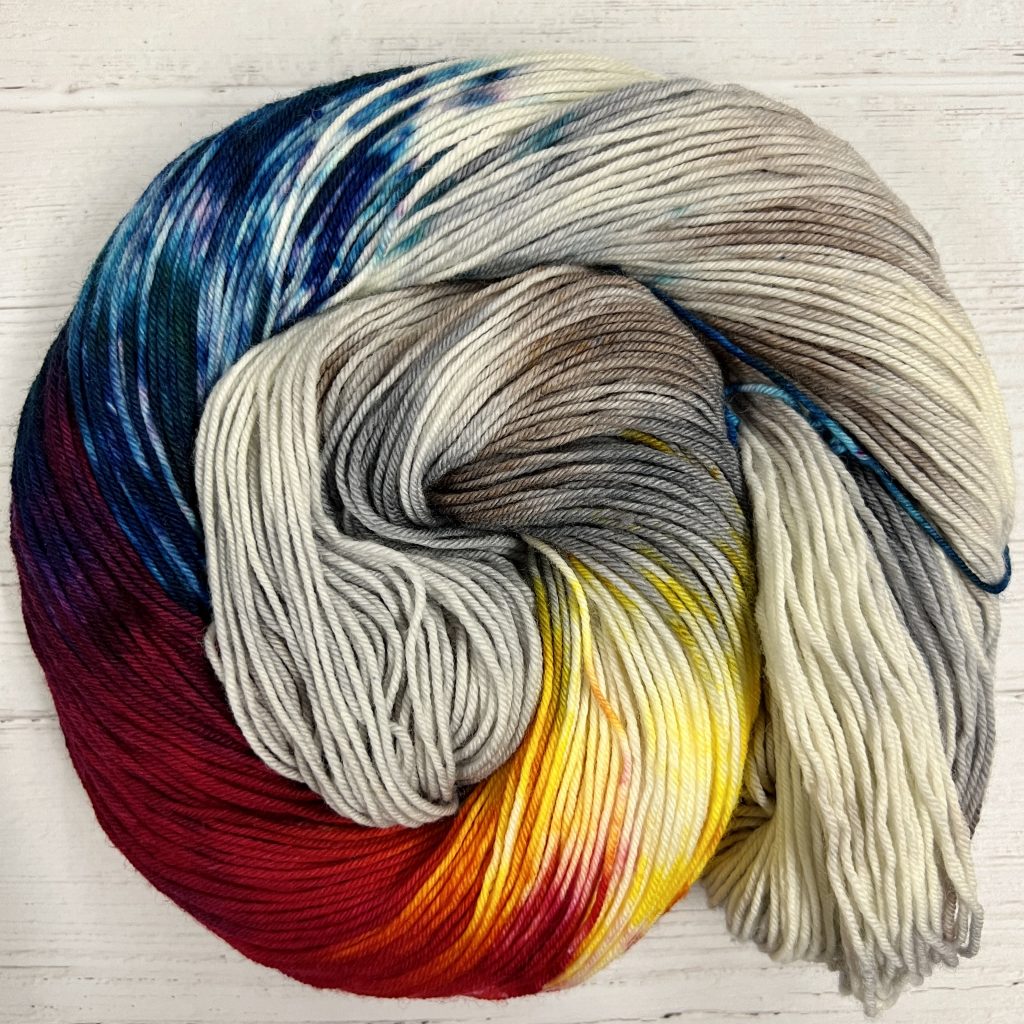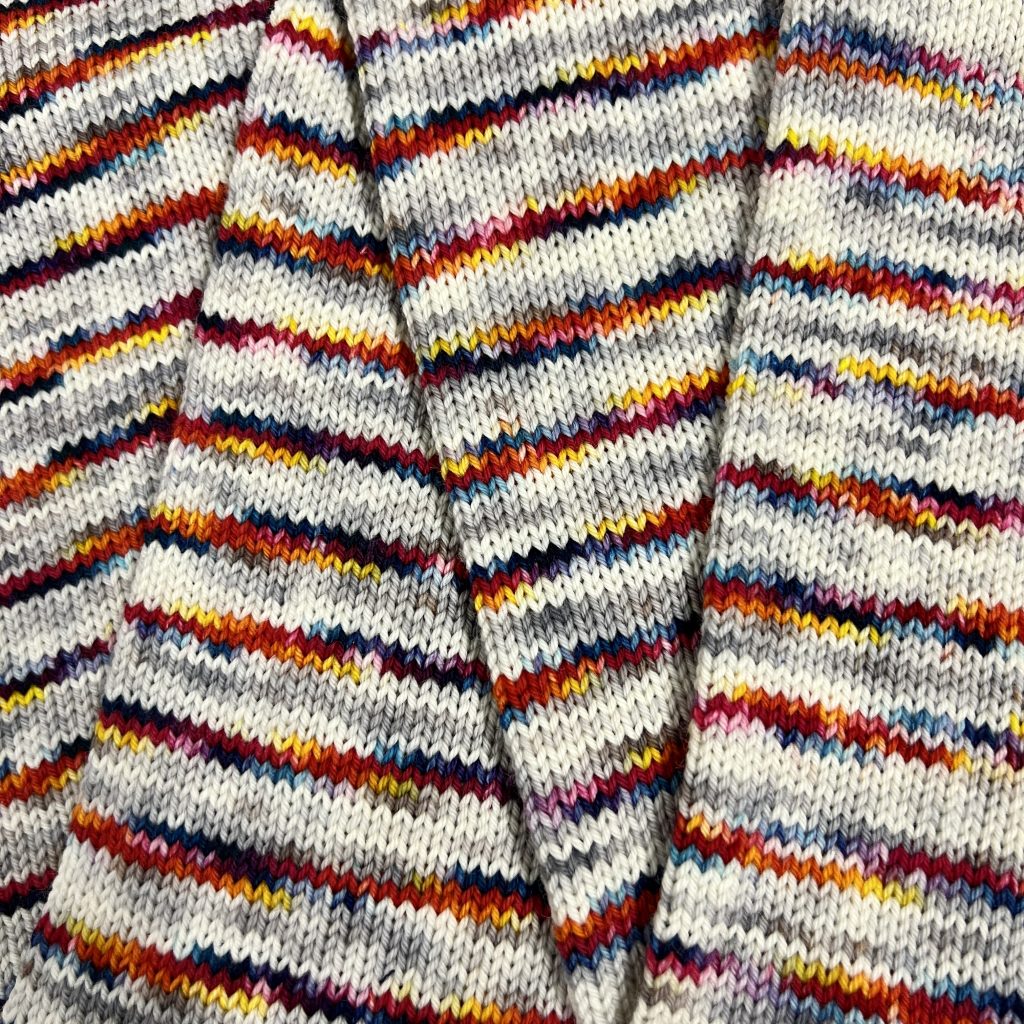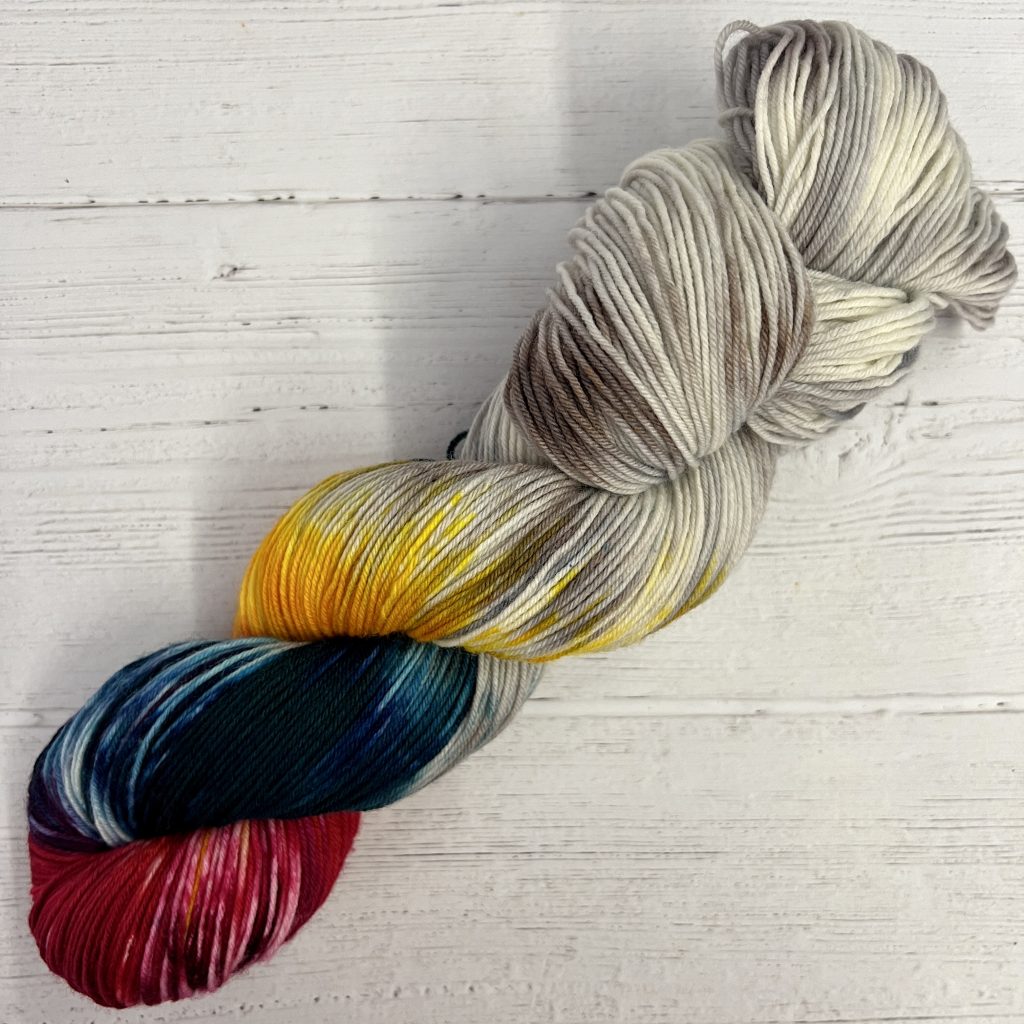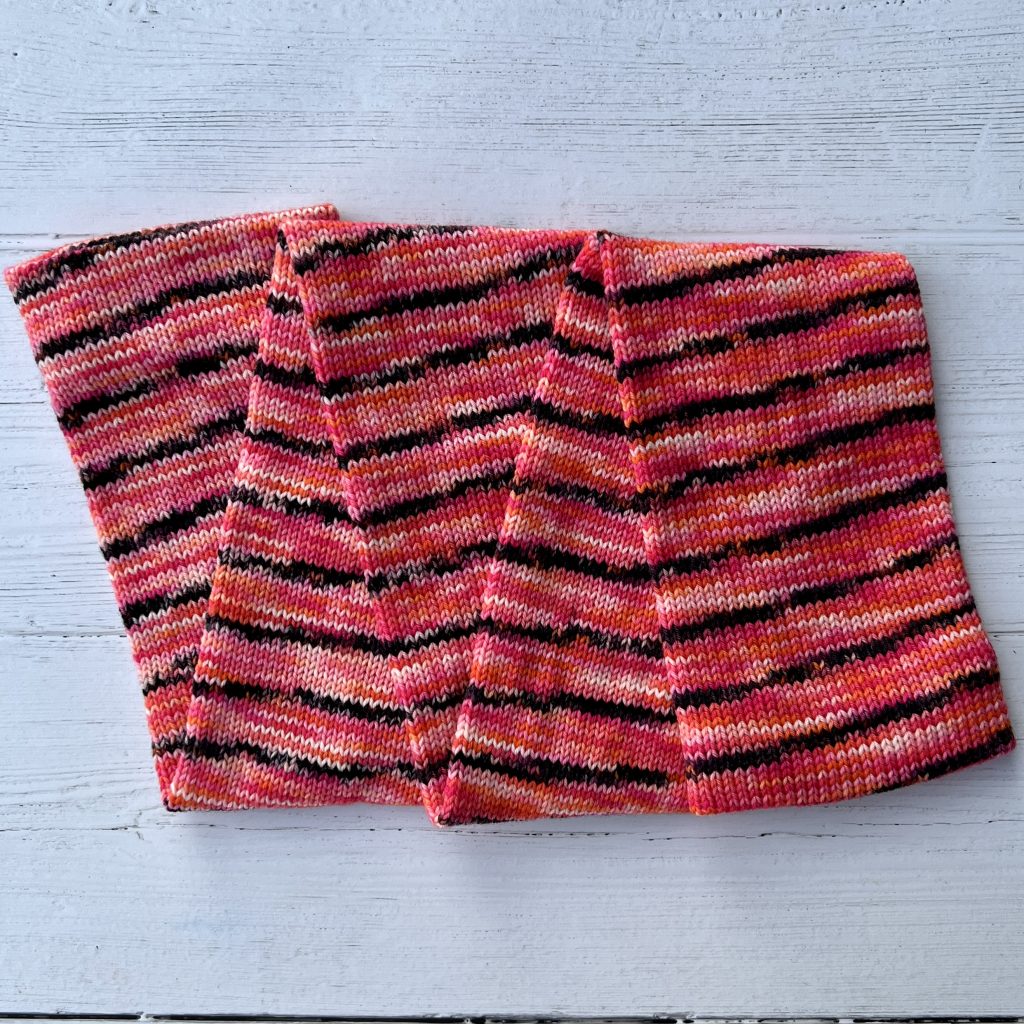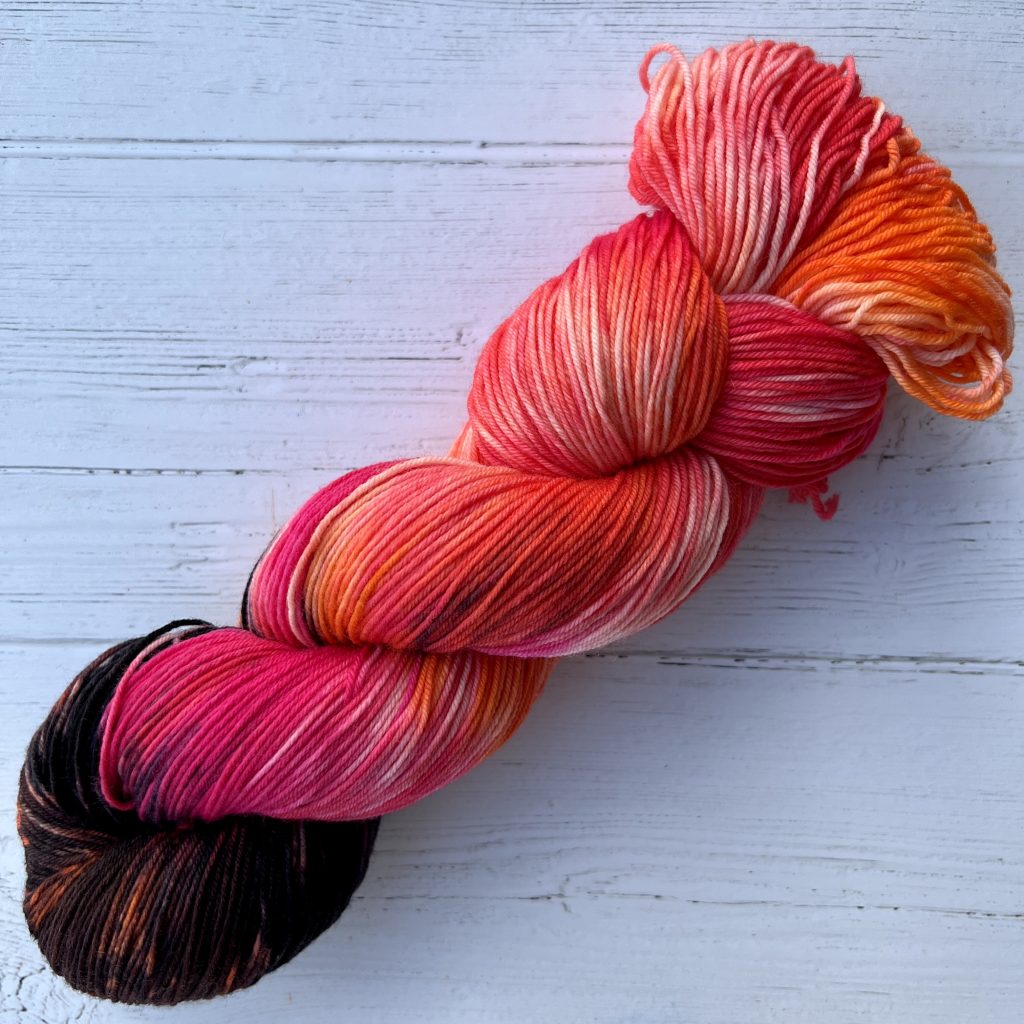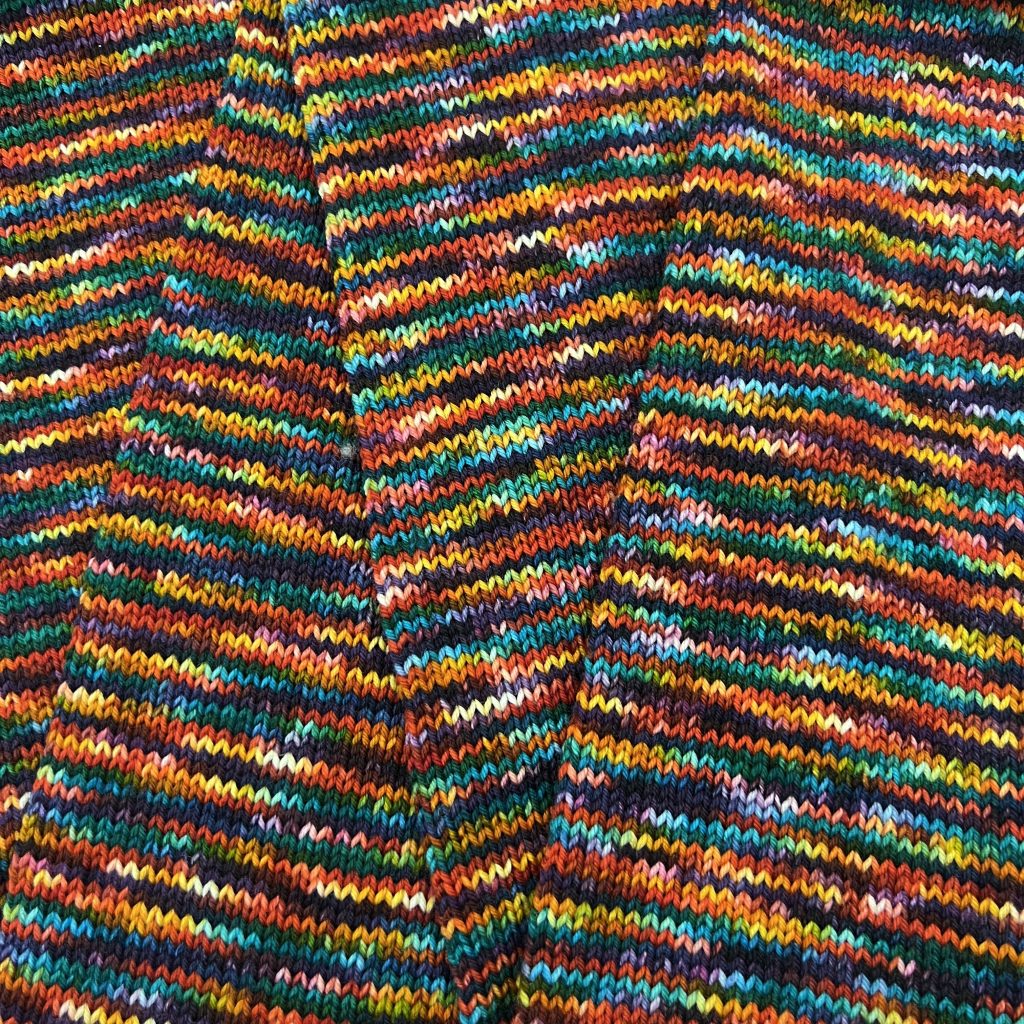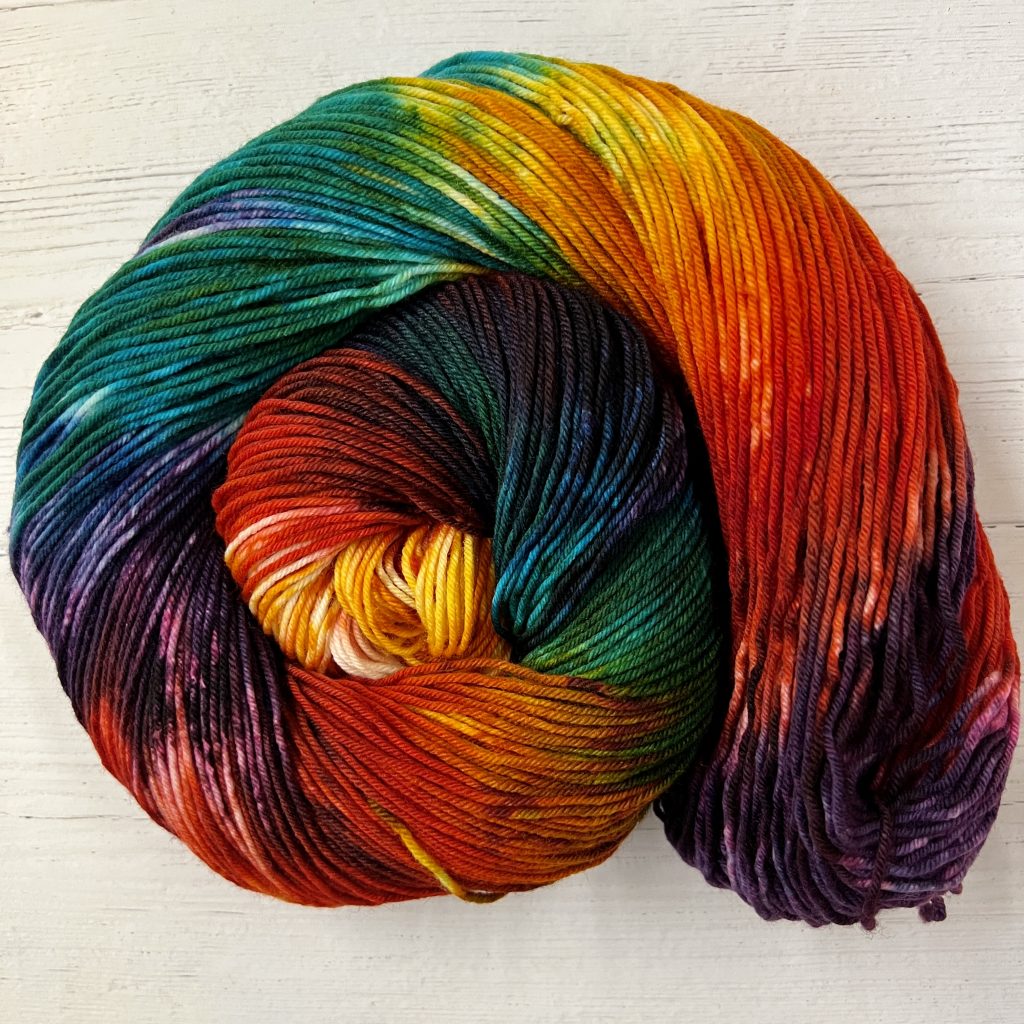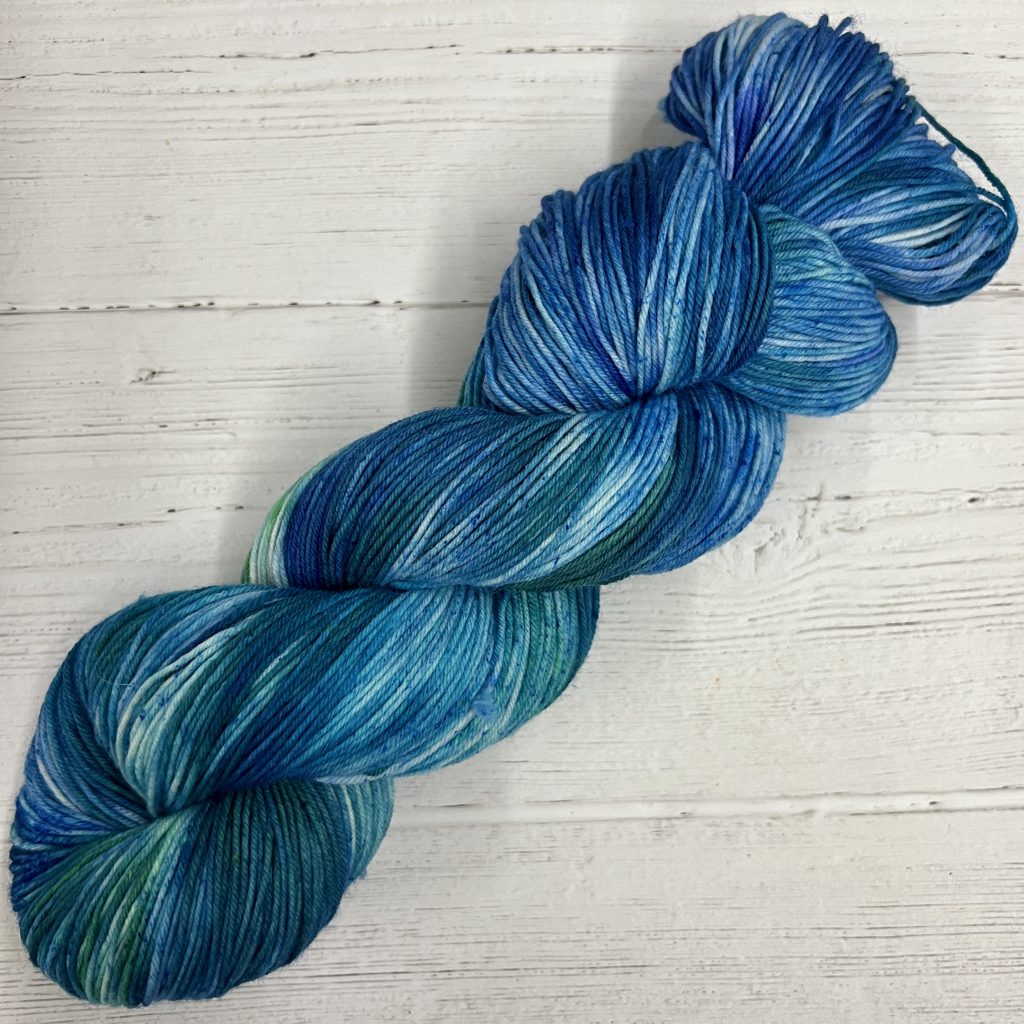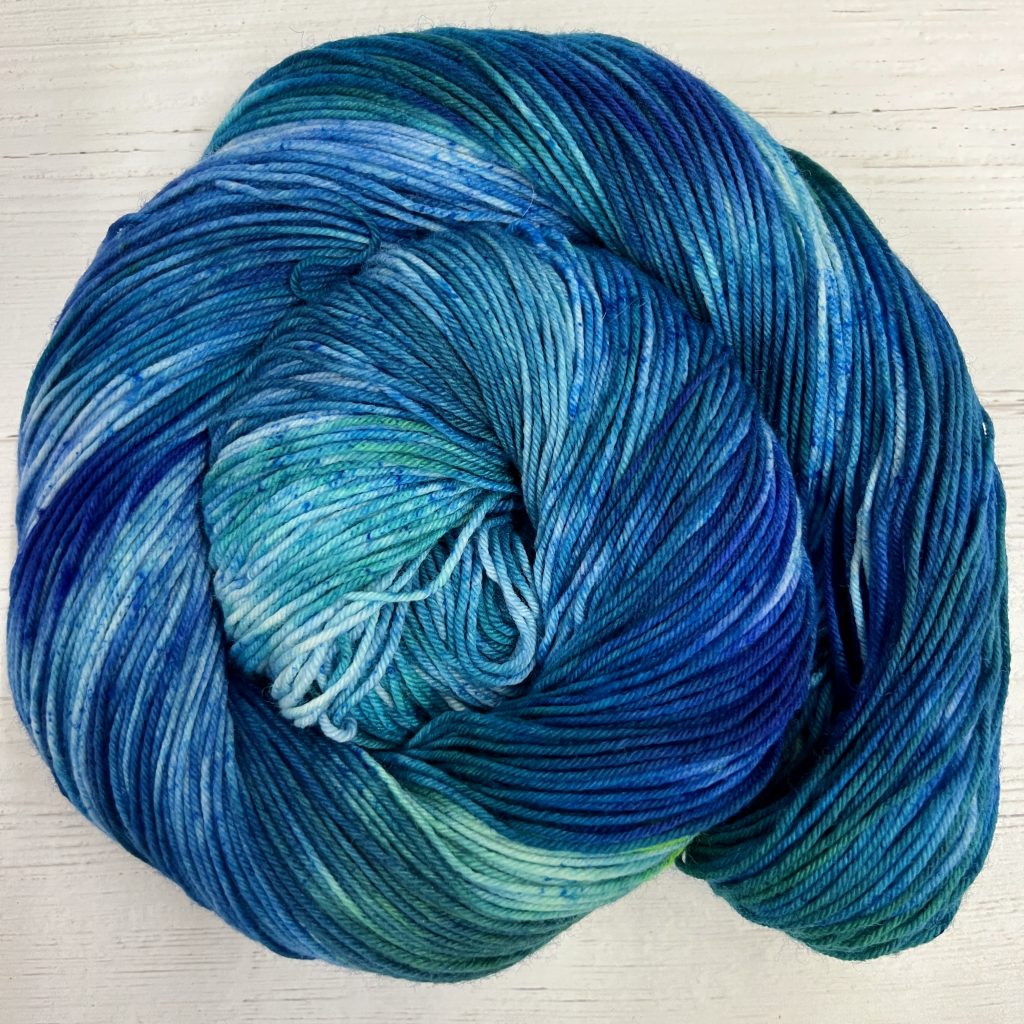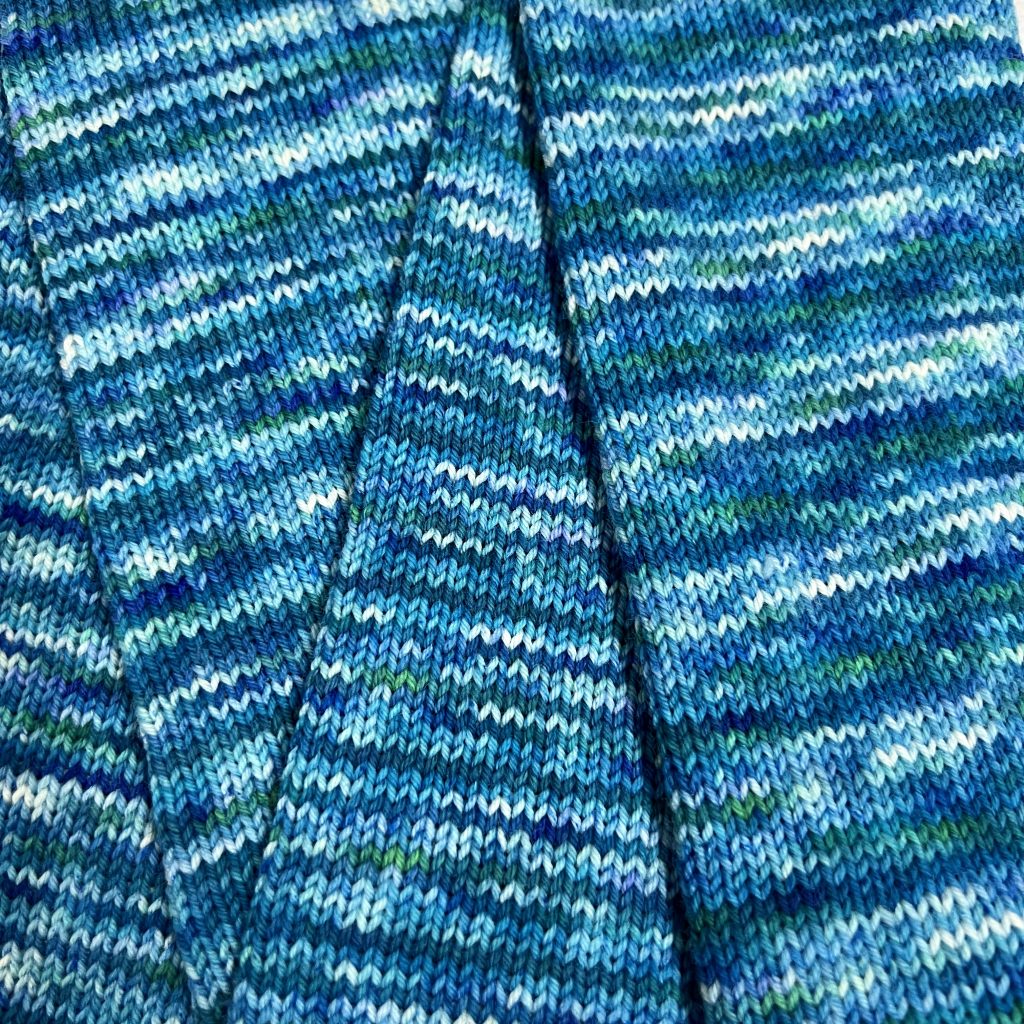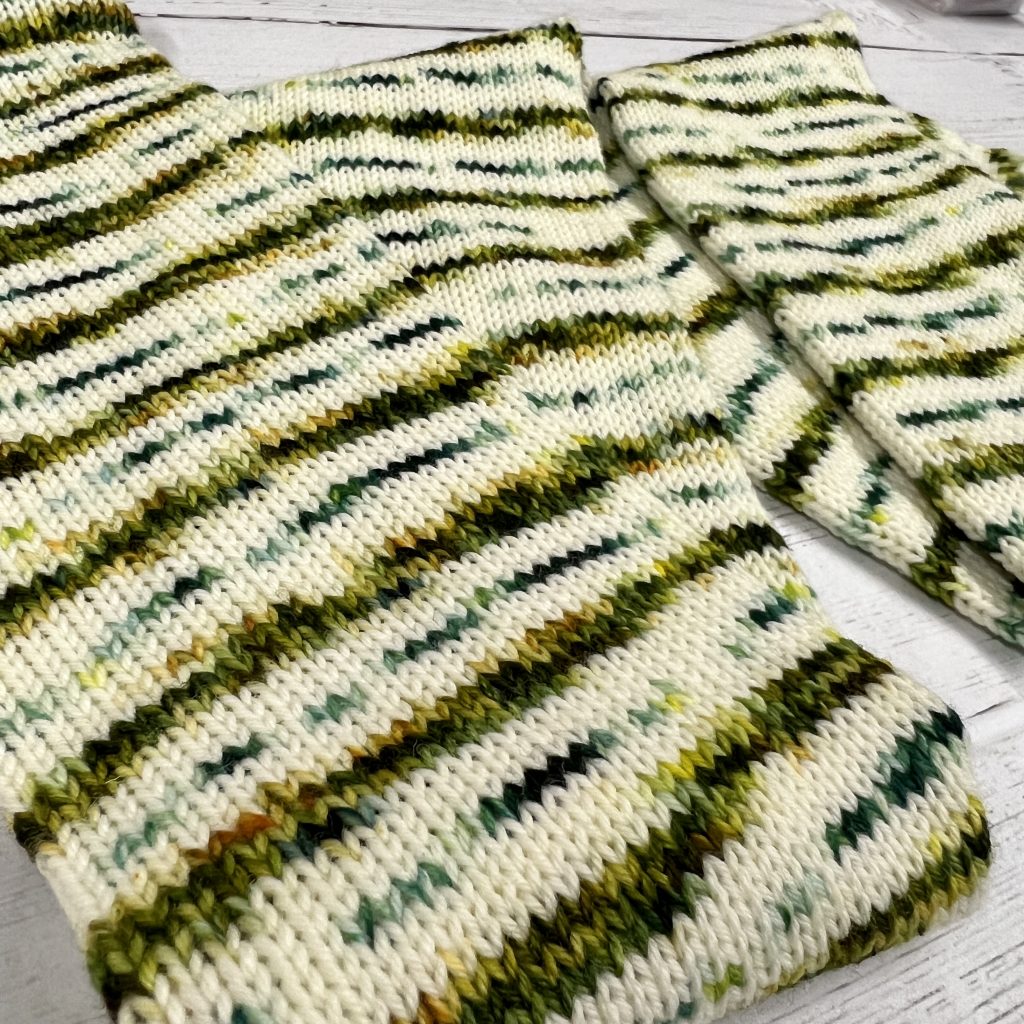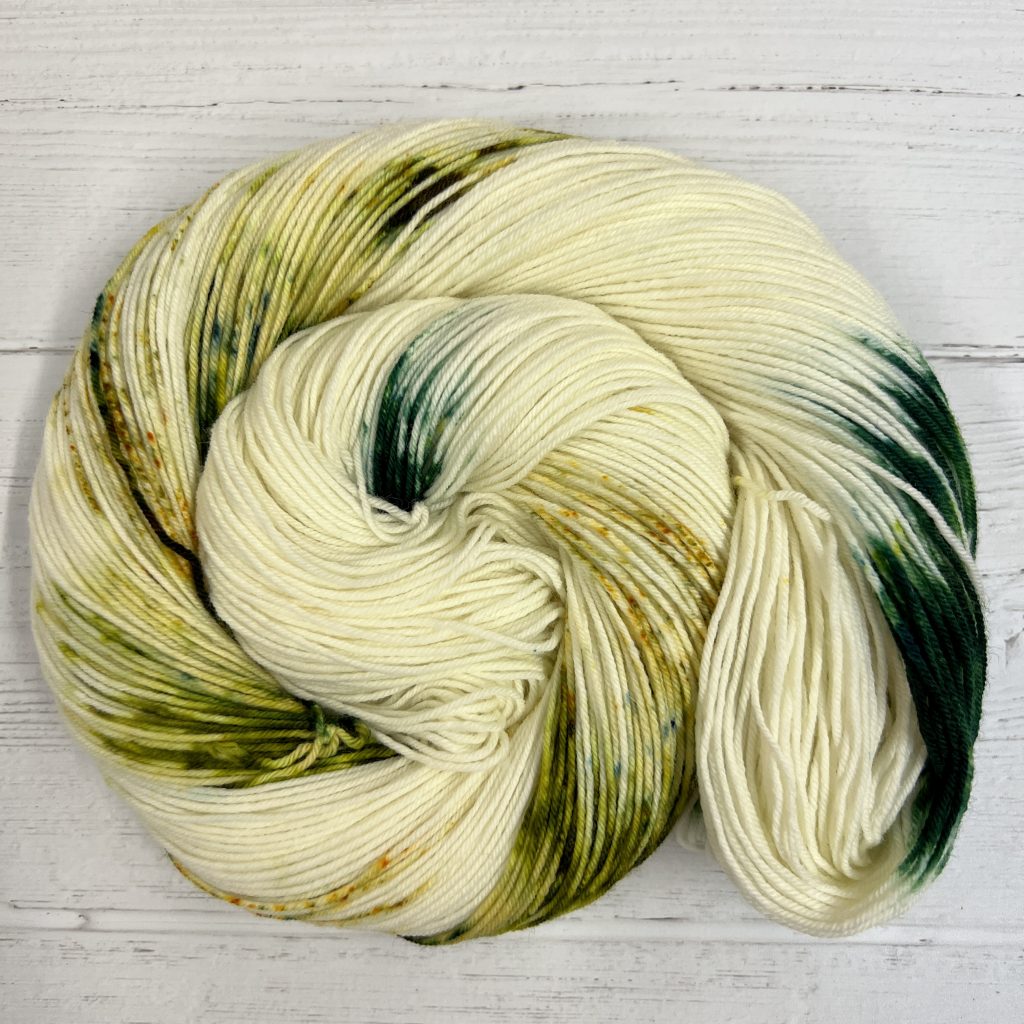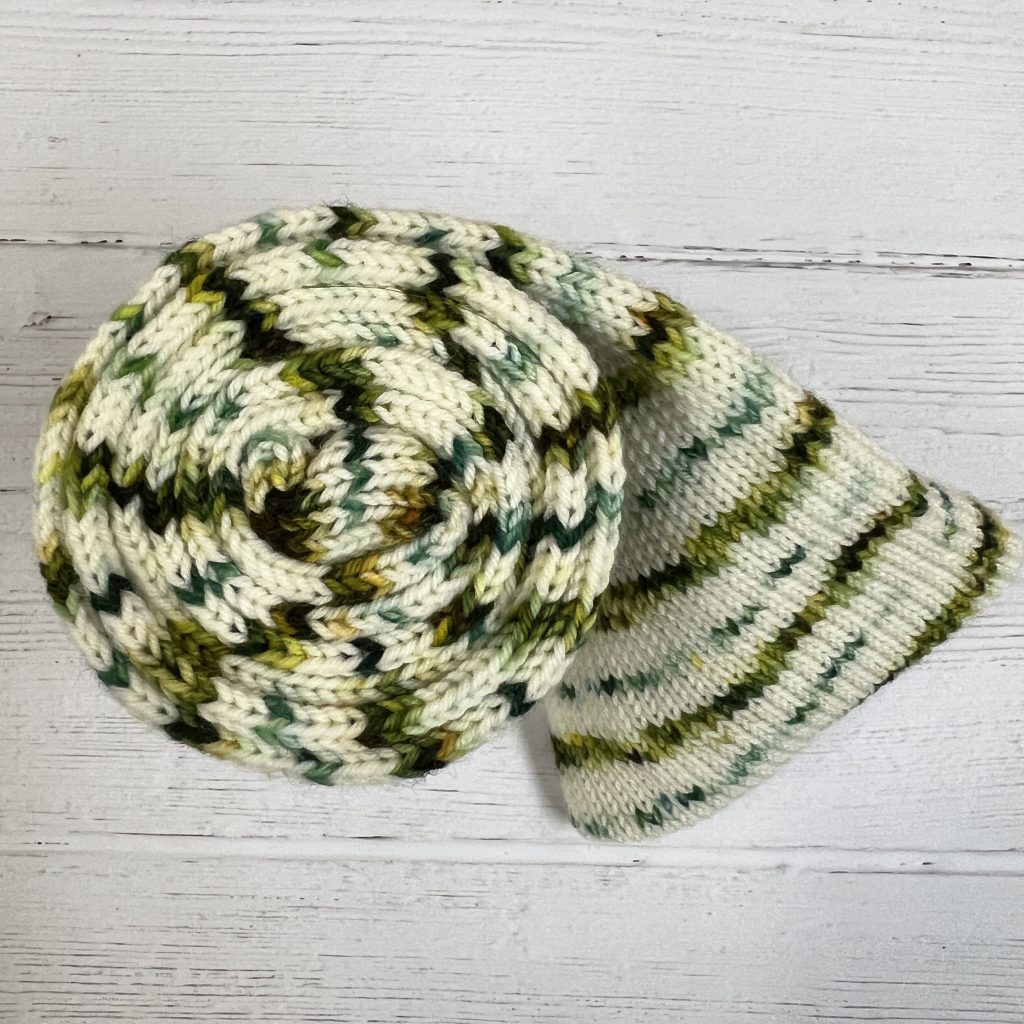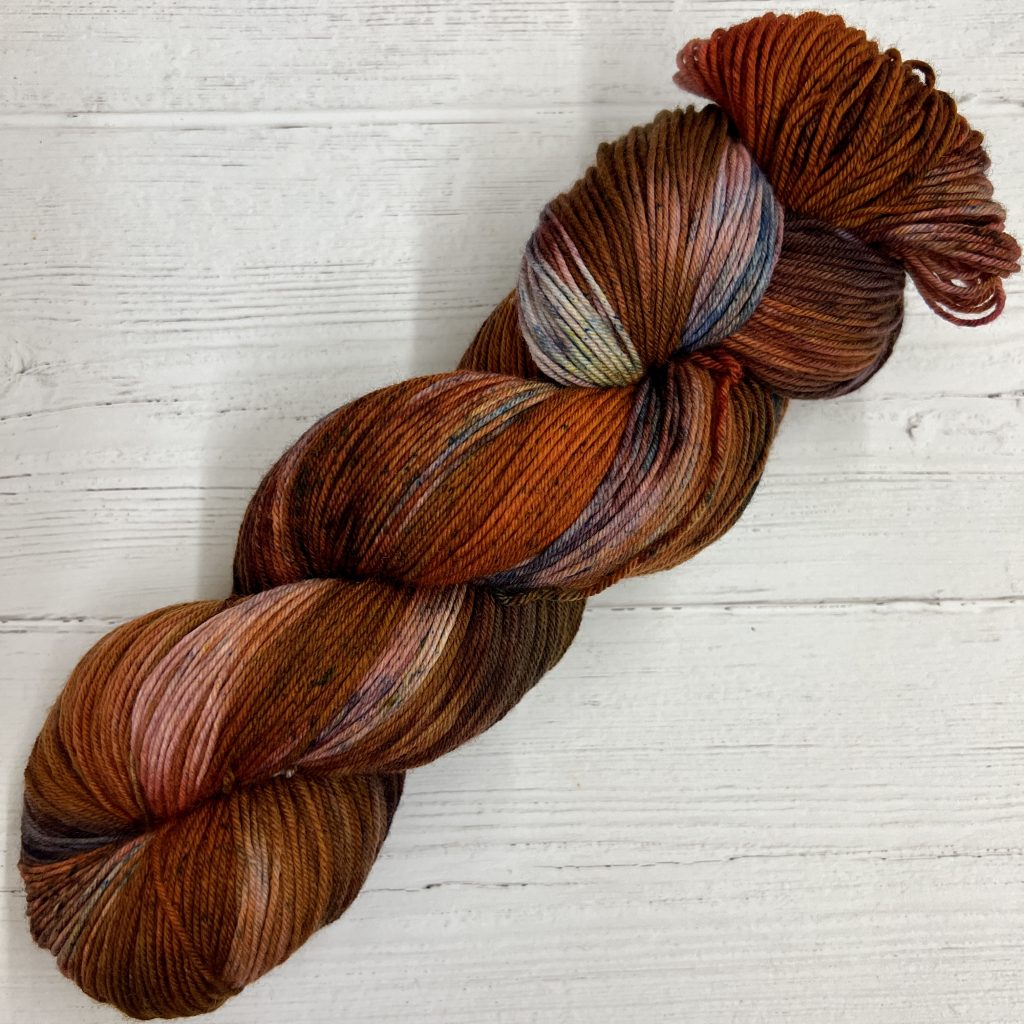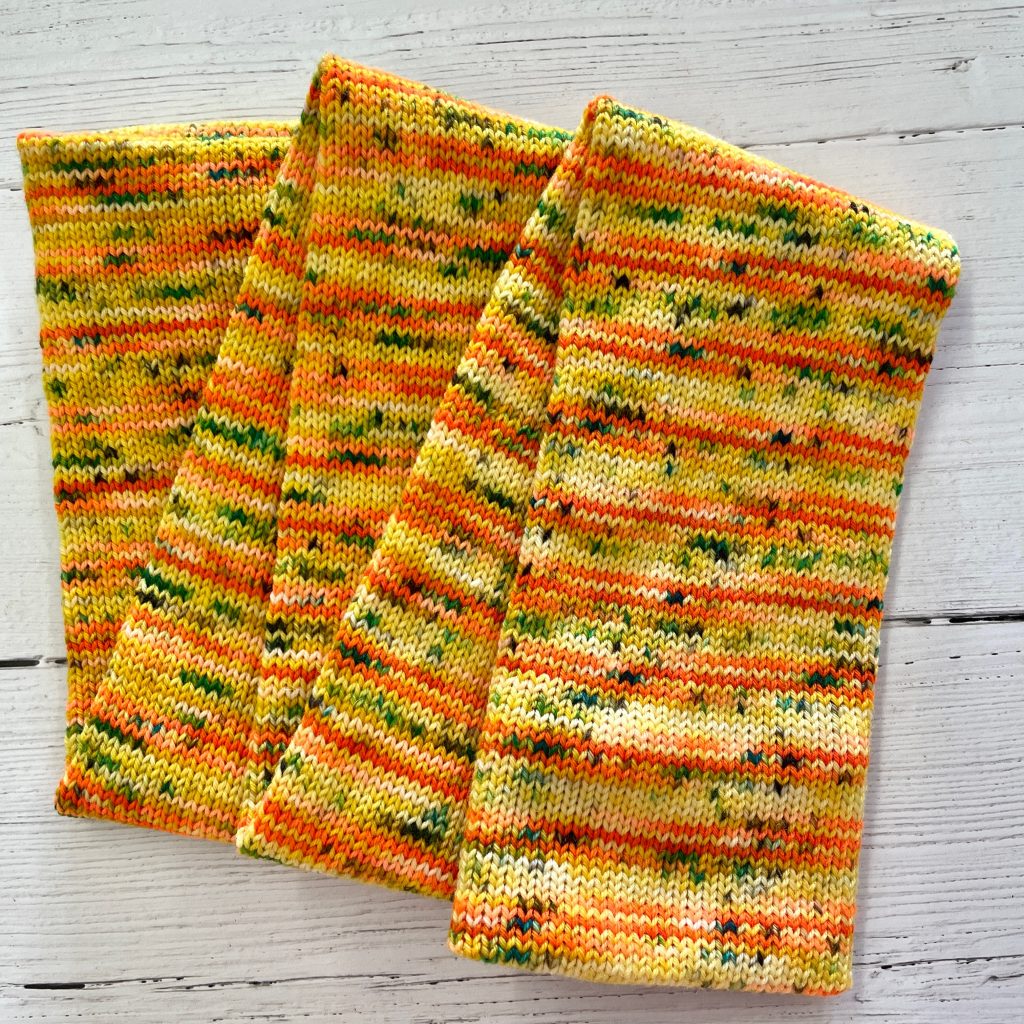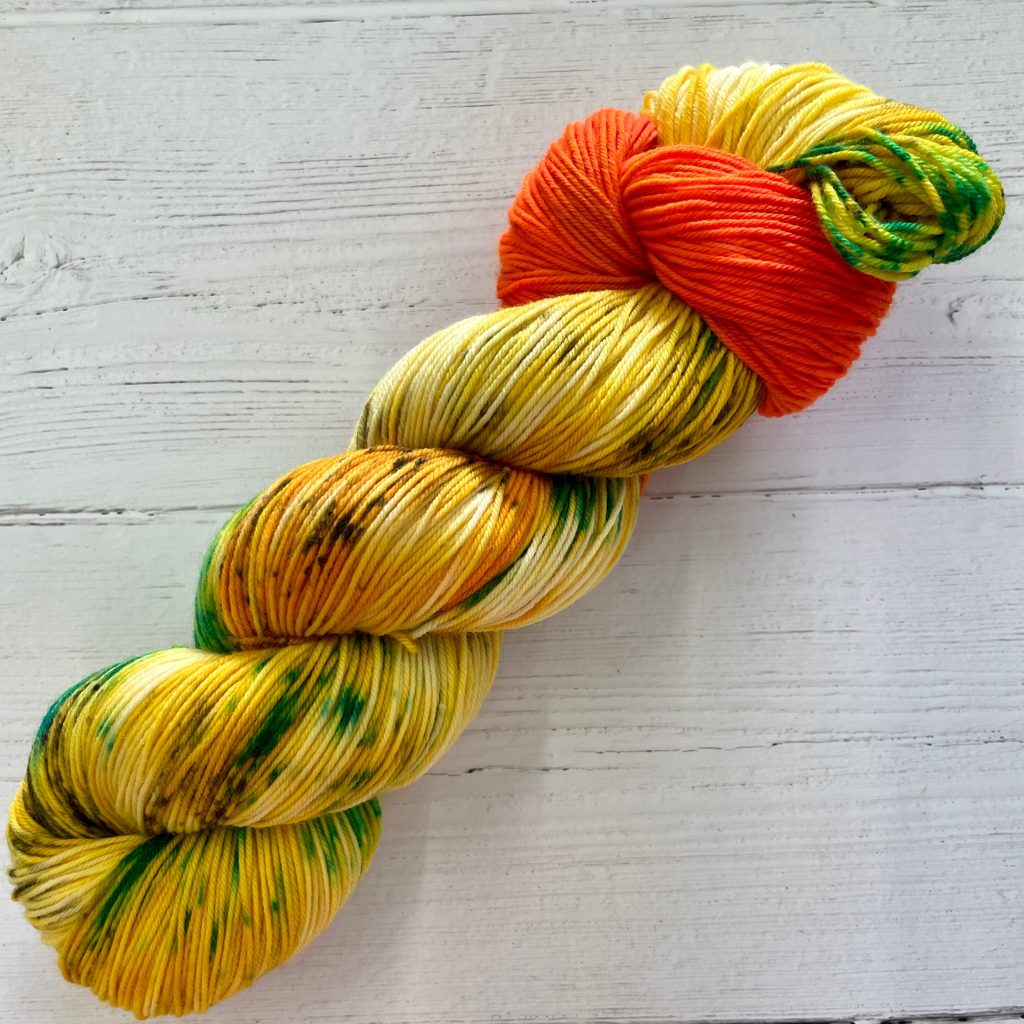Two of our staff members are huge fans of our April HerStory recipient, Maureen Johnson, and that is due, not only to her prowess with pen and ink, but to the kind of person she is, and how she shows up in the world. We thought we’d check in with them about what made them recommend Johnson for HerStory this year, here are their thoughts, paraphrased a bit, with other random bits and bobs we found thrown in…
Johnson’s books are delightful for their humor and how relatable the characters are. She writes mostly YA, but under that umbrella, her writings run the gamut from supernatural to romance to mysteries and thrillers. Her books combine elements of mystery and modern coming of age stories and are very very fantastical.
She’s very active on Twitter, and has been for almost as long as Twitter’s been around. She engages with fans, makes them feel like friends, and she relentlessly speaks truth to power. She’s a trans ally, speaking up against famed TERF JKR and her attacks on trans folks. She’s pro union, supporting the worker strike at her publisher. She’s been very vocally against banning books, and works to support folks who have been displaced around the globe due to natural disasters.
Johnson does a lot of work and advocacy surrounding supporting diversity in YA books and spaces, respectful treatments of identity and love, and broadening definitions and descriptions of writing that falls under “genre fiction” umbrellas. She edited an anthology called How I Resist: Activism and Hope for a New Generation in 2018, and was active in getting out the youth vote during Obama’s first presidential election. She co-created a podcast in response to the turmoil of the 2016 election, and still hosts the podcast, which, although focusing on the news of the week, is also super random and engaging.
Our April colorway, We Can Work With That, is one of Johnson’s catchphrases from her podcast, Says Who?, and we mixed the colors to reflect images of her lovely office we’ve seen online: a soft pink with plenty of houseplants sprinkled throughout. Our projects will surely come into being while listening to her podcast or the audio of one of her compelling books; how about you?
Books by Maureen Johnson:
- Truly Devious
- Nine Liars
- 13 Little Blue Envelopes
- The Name of the Star
Want more like this? Here are some other authors we suggest you read/listen to:
- Holly Jackson
- Faridah Àbíké-Íyímídé
- Tahereh Mafi
- Rainbow Rowell
- Jenny Han
